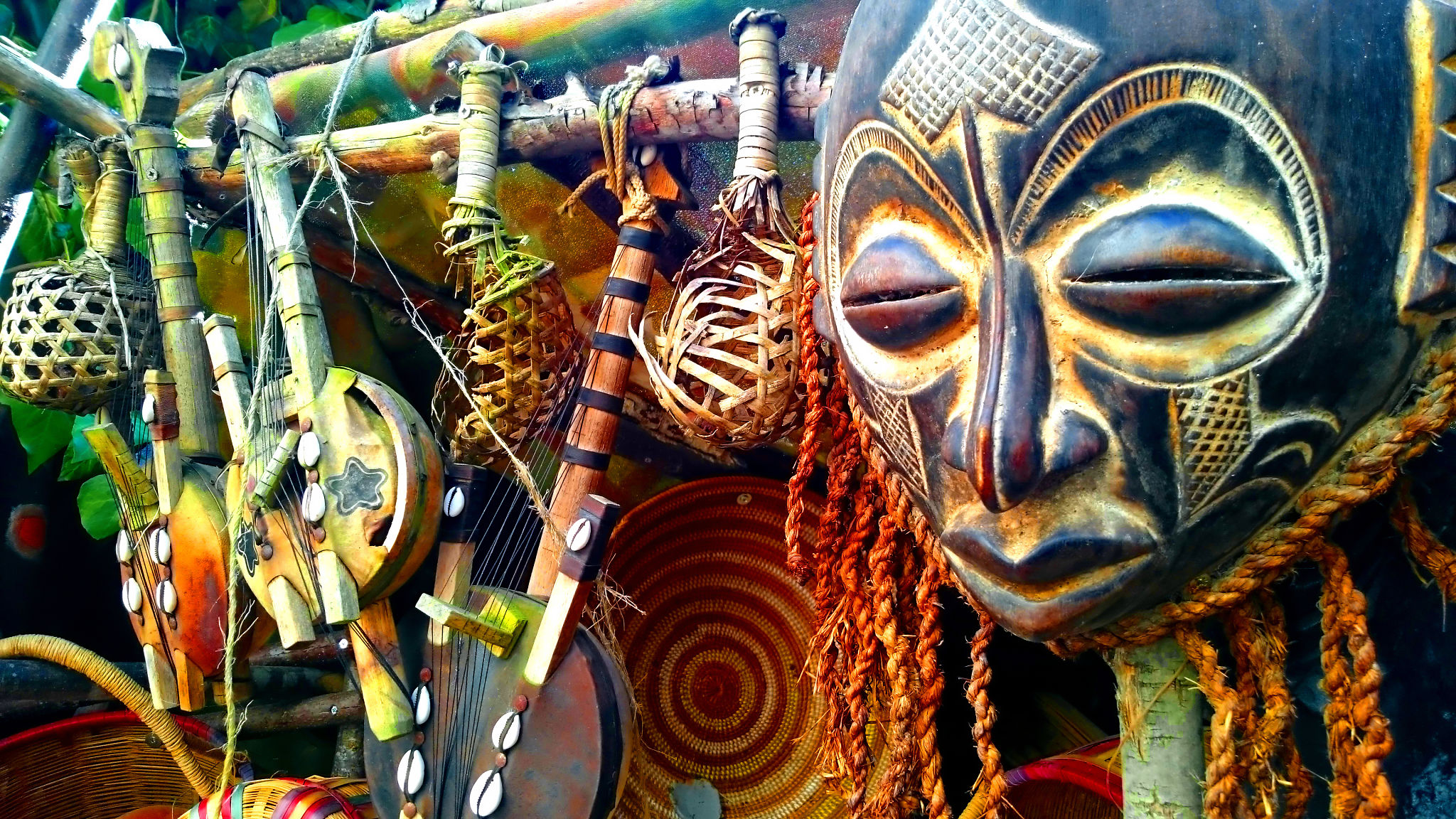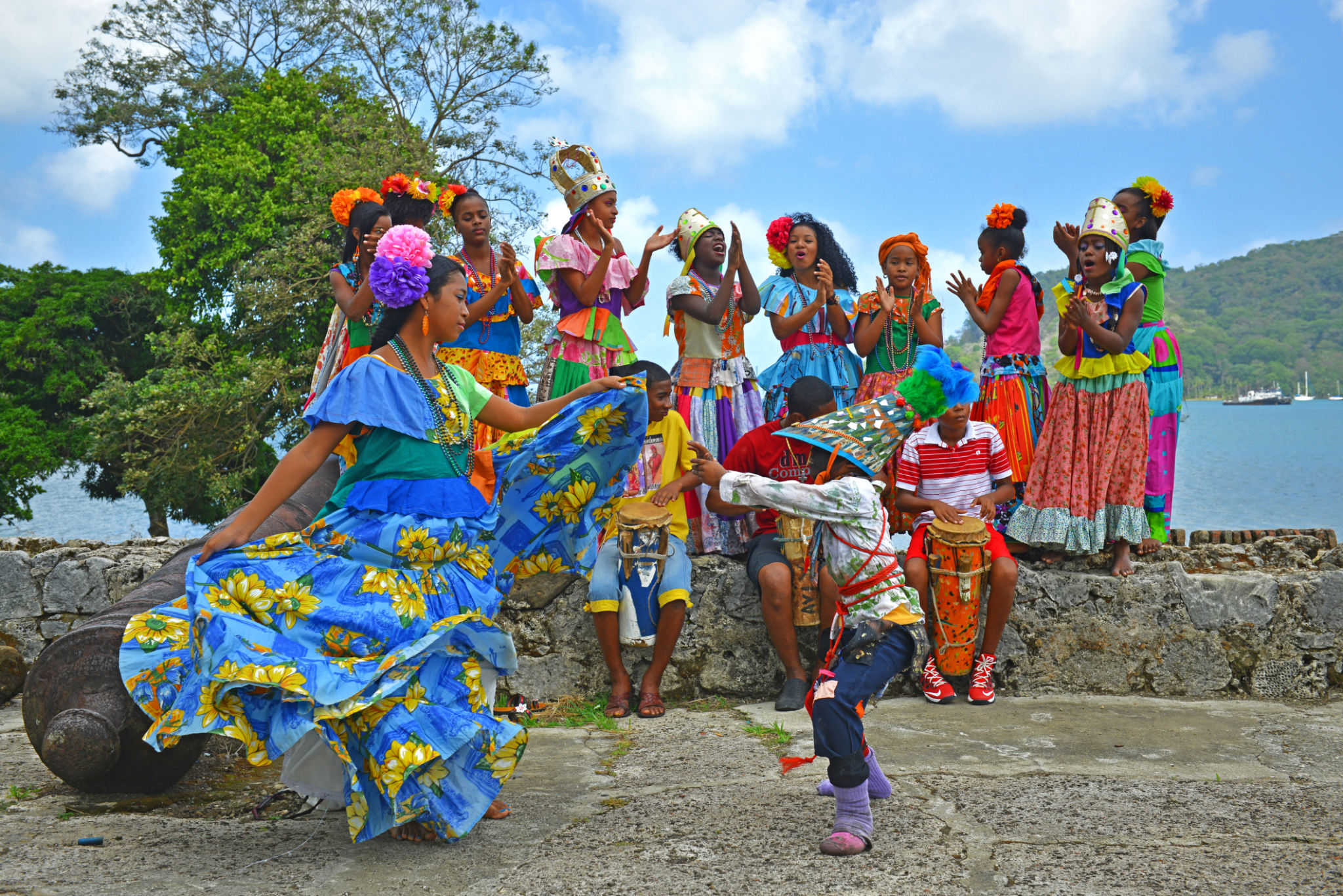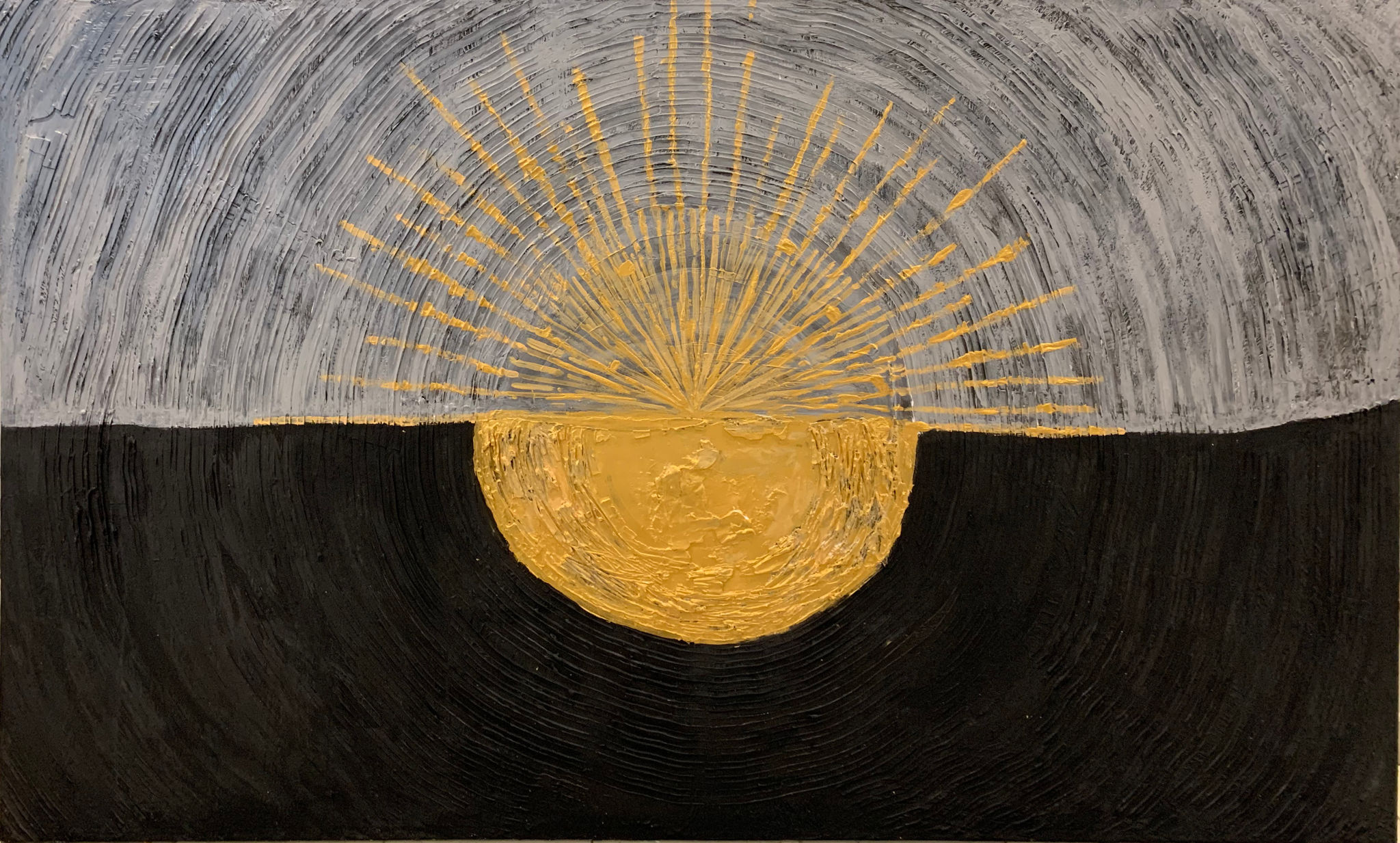The Art and Craft of African Masks: Beyond the Performance
The Historical Significance of African Masks
African masks have played a pivotal role in the cultural and spiritual life of African communities for centuries. These masks are not merely decorative objects but are deeply embedded in the traditions and rituals of various tribes. Historically, masks have been used in ceremonies to communicate with ancestors, celebrate harvests, and mark passages of life such as births, weddings, and funerals. Their significance is profound, representing the bridge between the human and the spiritual worlds.
The craftsmanship involved in creating these masks is a testament to the skill and creativity of African artisans. Each mask tells a story, often reflecting the beliefs and values of the community it originates from. The intricate designs and materials used—ranging from wood and metal to cloth and beads—are meticulously chosen to convey specific meanings and invoke spiritual energy.

The Symbolism and Meanings Behind the Designs
Every African mask has a unique design that holds symbolic meaning. The features of a mask, such as its shape, colors, and patterns, are carefully selected to represent various aspects of life and nature. For instance, animal masks are common in many cultures and are believed to embody the qualities of the animal depicted, such as strength, wisdom, or cunning.
Color is also an important factor in the design of African masks. Different hues convey different messages; red might symbolize power or aggression, while white often represents purity or peace. The use of geometric patterns can signify unity or continuity, reflecting the interconnectedness of the community and its traditions.

The Role of Masks in Performance and Ritual
In many African communities, masks are used in performances that are integral to cultural rituals. These performances are not just for entertainment but serve as a means of storytelling and education. Through dance and music, performers wearing masks bring myths and legends to life, ensuring that cultural narratives are passed down through generations.
Masks are often worn by skilled dancers who undergo training to understand the spiritual significance and proper handling of these sacred objects. The performance is a collaborative effort where music, movement, and costume come together to create a powerful experience that resonates with both participants and spectators.

Modern Interpretations and Uses
While traditional uses of African masks remain prevalent, these striking artifacts have also found a place in contemporary art and fashion. Modern artists draw inspiration from the rich history of African masks to create works that speak to current social and political issues. This fusion of traditional motifs with modern themes results in art that is both historical and innovative.
In addition to art, African masks have influenced global fashion trends. Designers incorporate elements of mask design into clothing, accessories, and even architecture, showcasing the versatility and timeless appeal of these cultural symbols.

Preservation and Appreciation
As interest in African masks grows globally, it is essential to approach their appreciation with respect and an understanding of their cultural origins. Museums and galleries around the world exhibit these masterpieces, providing educational resources to help visitors appreciate their complexity and significance.
Efforts are being made to preserve traditional mask-making techniques by supporting artisans and creating opportunities for cultural exchange. This ensures that the heritage of African masks continues to thrive for future generations while fostering a global appreciation for their beauty and meaning.
